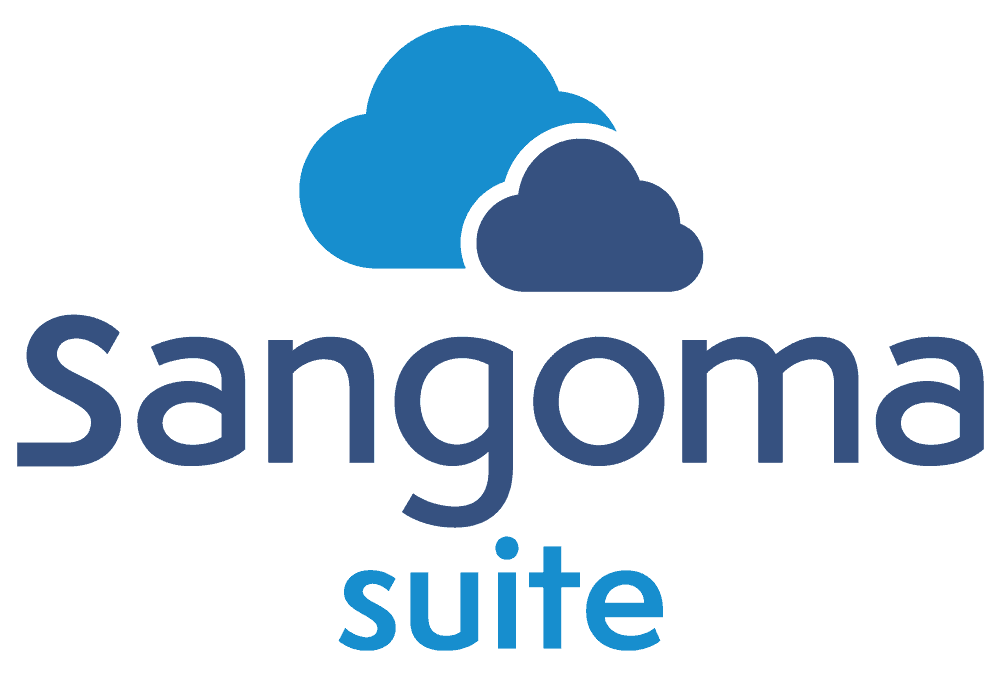Future of Video Conferencing
Modern video communications technologies allow us to work together as if we were in the same space, face-to-face, regardless of our locations. These innovations allow companies who are tackling the world’s biggest problems to hire talented people from all over the world, spreading their workforces across countries, cultures, continents, and time zones. COVID-19 has pushed all businesses to operate remotely, to adapt to the new reality of social distancing. When the pandemic is over, people will go back to the office, but we will not go back to the ways we used to work.
Transparency Market Research predicts that by 2027, the video collaboration market is set to hit a value of $11.56 billion, and the demand for this technology will keep growing. The question is, how will video conferencing evolve and further change the way we work.
Collaboration in mixed-reality is the future!
A new age of remote work in pandemic has shown us just how valuable video conferencing can be, not just for working together at a distance, but also for boosting the productivity and efficiency of our teams.
Different teams, like designers, engineers, marketers, product managers, sales, and support can be spread all over the world and still come together in a virtual room, reducing the need to travel as much to get everybody on the same page. Companies are no longer limited to local talents as video conferencing makes it possible to hire talents from all across the globe. Lifelike avatars, like what Spatial is working on, are transforming the space around us into virtual meeting rooms to collaborate as if we’re all together in the same room.
 Pinning ideas and dynamic content on virtual walls and sharing notes in realtime from any device (laptop, phone) within a few seconds are practical examples of living in a mixed reality. Digital objects become physical in virtual rooms, so you can scroll through them – pick up images and contents you like and toss them up on the virtual wall. Anyone can enter and exit these virtual rooms and contribute at any time as if they are real physical rooms. These all might be in concept phases for now, but as these technologies are adopted by companies, the way we work will forever be changed. With the help of technology, we are overcoming the barrier of distance to work together and to satisfy our human desires for the direct, face-to-face interaction that builds commitment and trust.
Pinning ideas and dynamic content on virtual walls and sharing notes in realtime from any device (laptop, phone) within a few seconds are practical examples of living in a mixed reality. Digital objects become physical in virtual rooms, so you can scroll through them – pick up images and contents you like and toss them up on the virtual wall. Anyone can enter and exit these virtual rooms and contribute at any time as if they are real physical rooms. These all might be in concept phases for now, but as these technologies are adopted by companies, the way we work will forever be changed. With the help of technology, we are overcoming the barrier of distance to work together and to satisfy our human desires for the direct, face-to-face interaction that builds commitment and trust.
User experience: the key differentiator
 While the tech world is busy building new features and technologies to enhance video conferencing in general, people have high expectations for multimedia, video, and communication technology thanks to the great visual and sound quality they experience today in their home theater systems. It is not the 90s anymore, and connecting to the Internet via Dial-up would be dreadful. No one has the patience to wait for buffering video or listening to breaking voices. Without proper video quality and sound management, any video conferencing event can quickly become frustrating for the users. A video conferencing application can only be appealing and adopted by end-users when its design has been in the center of the provider’s mind when implementing new features.
While the tech world is busy building new features and technologies to enhance video conferencing in general, people have high expectations for multimedia, video, and communication technology thanks to the great visual and sound quality they experience today in their home theater systems. It is not the 90s anymore, and connecting to the Internet via Dial-up would be dreadful. No one has the patience to wait for buffering video or listening to breaking voices. Without proper video quality and sound management, any video conferencing event can quickly become frustrating for the users. A video conferencing application can only be appealing and adopted by end-users when its design has been in the center of the provider’s mind when implementing new features.
As COVID-19 has pushed companies to suddenly transition to remote work overnight, many have rushed in getting a video conferencing solution, but ignoring the ease of use, user-friendliness, and lack of a fully integrated experience (chat, video, voice) that impacts the performance of employees in the longer term. Soon, many will end up changing their video conferencing solution to another alternative.
Trending Features in Video Conferencing
Video conferencing continues to see ongoing growth as technology advances with bigger screens, higher quality cameras, and high-speed Internet connections accessible globally. Here are 10 trending features that will change the way we expect video conferencing tools to advance and improve in the future:
- Browser-based Video Conferencing Solutions
WebTRC is a free open source technology that enables one-click video calling from a web browser without the need for any downloads or plugins installation. Sangoma Meet is a great example of this new technology. With a single click, you can schedule a call, join a meeting, or start an instant video conferencing from your web browser. - Unified Communications Solutions
Those companies who want to thrive in this new environment need to deploy a complete solution for a Unified Communications experience for their internal and external users. Basic services that only solve one problem like “voice only”, “chat only” or “video conferencing only” will not help businesses solve the bigger problems of easy collaboration and high efficiency of their employees. For the best results, it is important to keep all services for collaboration, internal and external communication under the same app. This means messaging, voice, and video all in the same space. - Video Conferencing Rooms
Similar to 1:1 meetings, room-based video conferencing is designed for whole room meetings. Participants and online guests join the meeting room and can easily communicate with the help of big screens, smart noise-canceling speakers, sensitive microphones, and wide-angle or rotating cameras. These have enabled us to have seamless collaboration with people from all over the world. Every day new high-tech hardware becomes available to improve communication. Those providers who offer a bundled package of hardware and software could be dominating the market soon, providing a one-stop-shop experience for the IT departments to sign the deals when looking for a unified communication service. - Everything is moved to the Cloud
Everything is moving towards Cloud and video conferencing is not an exception. No matter if you are scheduling a call with your colleagues or inviting a customer to a demo, you can simply use a video conferencing solution hosted on cloud without any investments in hardware or software infrastructure. You can simply subscribe to a cloud solution and benefit from the latest technologies without worrying about upgrading or enhancing your infrastructure as these are all happening automatically on the cloud and somebody else (the provider) will take care of everything for you. - SSO (Single Sign-On)
With the rise of all-in-one UC solutions, businesses should think about simplifying access to these systems by linking them into a company’s Single Sign-On system allowing the employees to access it with the same credentials they already know. So, no matter if you are logging into your softphone application to make a phone call, signing into your messaging tool, or accessing your contact list to initiate a video call, one single credential should work for all your tools for easier and faster access. Many companies have already implemented SSO for some of their tools like email and ticketing systems. SSO will become a must-have feature for many companies to adopt a communication tool. - Deep integration with other communication solutions (voice, video, SMS)
Imagine having your desk phone ring, you are not at your desk, but you can pick the callup on your softphone app on your mobile, transfer it to a video conference, invite your colleagues to the call, then invite customers, and finally move the conversation to a collaborative space to chat and share projects and files. All can be done as a seamless experience if the tools are deeply integrated. - High-Quality Video and Audio
No matter how many cool features a video conferencing tool is offering, if the video and audio quality are not to a certain standard, users will drop and it will quickly decrease the adoption rate of a video conferencing tool. Therefore, high-quality video interactions should be the end goal for all providers and businesses adopting a new video conferencing solution. - Smart Content Search
With the expansion of collaboration tools and instant-messaging tools inside video conferencing platforms, tagging content and searchable keywords would soon become a must-have feature for any video conferencing solutions. - The influence of AI
Amazon’s “Alexa,” Apple’s Siri, and other smart assistants are already changing the way we live. There are several applications of AI that can make meetings easier and more enjoyable for us. AI can create custom backgrounds for participants for each guest in a meeting, help with gaze correction or transcribe messages in real-time. Meeting assistants can schedule calls on behalf of us and remind us for future meetings and this is just the beginning of AI influence on communication in general. How cool is that to use your face as a passport to log into meetings through facial recognition? - Natural Language Processing (NLP)
NLP can play a role in improving the video conferencing user experience. Integrated with AI you can use voice activation to start or end a meeting or notify people to mute when they are not talking. Real-time translations are also something we should expect to see soon in the future in video conferencing.
Final words
Those huge meeting rooms with their rectangular tables are fading and mixed reality is slowly replacing them. We’re not there yet, but COVID-19 has definitely pushed us to move faster towards that new norm of collaboration remotely. This will help companies boost their productivity no matter where the participants are physically located. Where do YOU think “Video Conferencing” is heading in the years ahead? How is it having an impact on your life right now?
The post Future of Video Conferencing appeared first on Sangoma.







